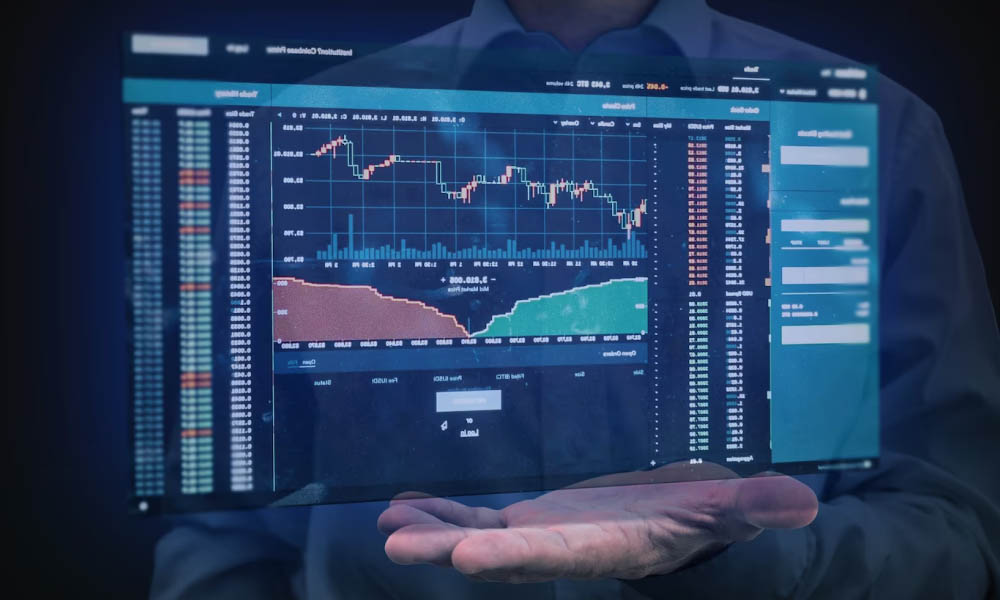Trading Crypto Indicators 4

Understanding Trading Crypto Indicators
In the ever-evolving landscape of cryptocurrency trading, traders are constantly in search of tools and techniques that can give them an edge. One such category that has gained immense popularity is the use of trading crypto indicators. These indicators serve as powerful tools for analyzing market trends, forecasting price movements, and making informed trading decisions. In this article, we’ll dive deep into the world of trading crypto indicators, their types, how to effectively use them, and the crucial role they play in your trading strategy. For more insights about trading apps, you can check this link: Trading Crypto Indicators https://www.studiolinedesign.com/2024/07/06/amateurs-updates-to-the-exness-app-but-overlook-a-few-simple-things/
What are Trading Crypto Indicators?
Trading crypto indicators are mathematical calculations based on the price, volume, or open interest of a cryptocurrency. These indicators are used to identify trends, patterns, and potential market reversals. They help traders interpret the market’s behavior and make data-driven decisions, ultimately guiding their entry and exit points in the trading process.
Types of Trading Crypto Indicators
There are several categories of trading indicators, and each serves a specific purpose. Here are some of the most commonly used types of trading crypto indicators:
1. Trend Indicators
Trend indicators are used to identify the overall direction of the market. The most popular trend indicators include:
- Moving Averages (MA): This indicator smooths out price data to identify trends over a specified period. The Simple Moving Average (SMA) and Exponential Moving Average (EMA) are widely used types.
- Average Directional Index (ADX): This indicator helps traders determine the strength of a trend. A rising ADX indicates a strengthening trend, while a falling ADX signifies a weakening trend.

2. Momentum Indicators
Momentum indicators measure the speed of price movements and identify potential reversals. Some popular momentum indicators are:
- Relative Strength Index (RSI): This oscillator ranges from 0 to 100 and helps determine overbought or oversold conditions in the market. An RSI above 70 indicates overbought conditions, while below 30 indicates oversold conditions.
- Stochastic Oscillator: This indicator compares a particular closing price of a cryptocurrency to its price range over a set period. It provides insight into potential price reversals.
3. Volume Indicators
Volume indicators help traders understand how much of a cryptocurrency has been traded during a specific period, providing context to price movements. Common volume indicators include:
- On-Balance Volume (OBV): This indicator uses volume flow to predict changes in stock price. When volume increases, the price tends to follow.
- Accumulation/Distribution Line: This indicator measures the cumulative flow of volume in or out of a cryptocurrency, helping traders identify overall buying or selling pressure.
How to Effectively Use Trading Crypto Indicators
While trading indicators can provide valuable insights, it’s essential to understand how to utilize them effectively:
- Combine Indicators: Relying on a single indicator can be risky. Consider using a combination of indicators to confirm signals and increase the accuracy of your trading decisions.
- Backtesting: Before applying any indicator in live trading, backtest your strategies using historical data to determine their effectiveness.
- Set Clear Parameters: Establish clear entry and exit points based on your indicators. Stick to these parameters to avoid emotions influencing your trading decisions.
The Role of Indicators in a Comprehensive Trading Strategy
Trading crypto indicators play a significant role in developing a comprehensive trading strategy. They provide a structured approach to analyzing the market, which helps to mitigate risks and increase potential profits. However, it’s crucial to remember that indicators are not foolproof and should not be used in isolation. Other factors such as market news, global events, and economic indicators also significantly influence price movements.
Conclusion
Understanding and effectively implementing trading crypto indicators can enhance your trading strategy and improve your success in this volatile market. Whether you are a novice or an experienced trader, integrating these indicators into your analysis can provide clearer insights into market trends and help map out potential trading opportunities. Always remember to backtest your strategies, combine multiple indicators for confirmation, and continuously educate yourself about market dynamics. By doing so, you can navigate the complexities of cryptocurrency trading more effectively and increase your chances of success.
